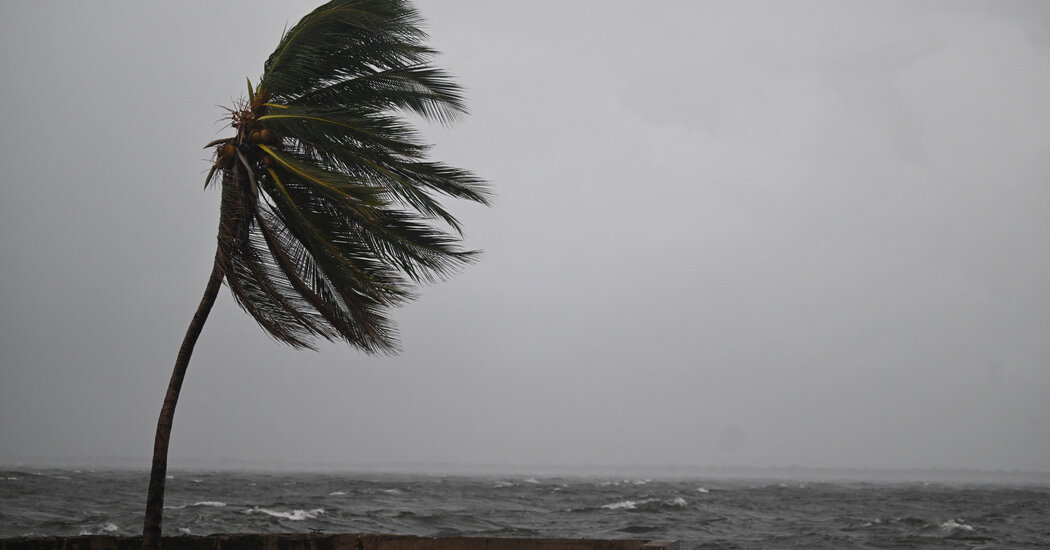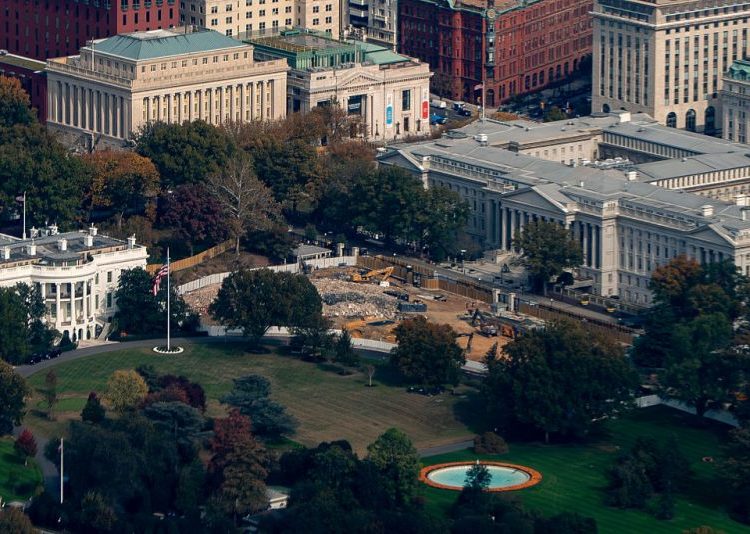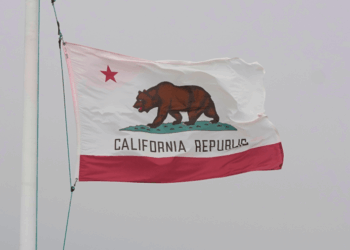As Hurricane Melissa moves toward Jamaica, residents are preparing for catastrophic conditions when the storm makes landfall, which is expected Tuesday morning.
Like many other small island nations, Jamaica is vulnerable to a changing climate and the effects that follow. Since 1993, sea levels on Jamaica’s coasts have risen about 4 inches, or 10 centimeters. Research has shown that small increases in sea level can cause outsized damage from storms, in part because any storm surge will likely reach farther inland than it would have otherwise.
Storm surge, powered by sea level rise, “will be devastating as Melissa comes ashore,” said Jennifer Francis, a senior scientist at the Woodwell Climate Research Center.
In 2012, when Hurricane Sandy slammed the east coast of the United States, 10 centimeters of sea level rise was found to cause an additional $8 billion in damage according to a 2021 study. “The fingerprints of the warming climate are clearly making this horrific disaster for Jamaica, Cuba and the Bahamas even worse,” Dr. Francis said.
Jamaica is also intermittently besieged by heavy rainfall and drought, which can overwhelm and deplete the country’s water supplies unpredictably, said Michael Taylor, a professor of climate science at the University of the West Indies in Mona, Jamaica.
Dr. Taylor added that years of prolonged heat waves, which have been extreme even considering the country’s tropical climate, have also put pressure on the country’s farmers and energy supplies. “Our infrastructure wasn’t built for the climate change era,” he said.
Other factors make the country especially vulnerable to the effects of storms in a changing climate. Hurricane Melissa’s intensity is fueled by exceptionally warm waters in the region. A 2023 study found that the warming planet has doubled the chances that Atlantic hurricanes will intensify in less than a day, which happened over the weekend.
Recent rainfall also means that the country’s soils are already saturated with water and won’t be able to absorb much more. But Melissa is expected to drop 30 inches of rain and Dr. Taylor expects the country will have worse floods and landslides as a result. Unstable soil means more trees and telephone poles will likely topple too, he said.
The potentially devastating confluence of these factors has been born out by past storms. In 2024, Hurricane Beryl damaged nearly 9,000 houses and caused $6.5 billion dollars in damage.
“Beryl’s impact last year left us with so much damage that we’re only beginning to recover from,” Dr. Taylor said. The mental trauma from that storm, he said, has played a part in people responding so quickly to Melissa.
For people on small islands like Jamaica that can be smothered by a single storm, the effects can be inescapable. “Climate change is not distant,” he said, “it’s personal and it’s real.”
Sachi Kitajima Mulkey covers climate and the environment for The Times.
The post Climate Factors Make Jamaica Especially Vulnerable to Hurricane Melissa appeared first on New York Times.




